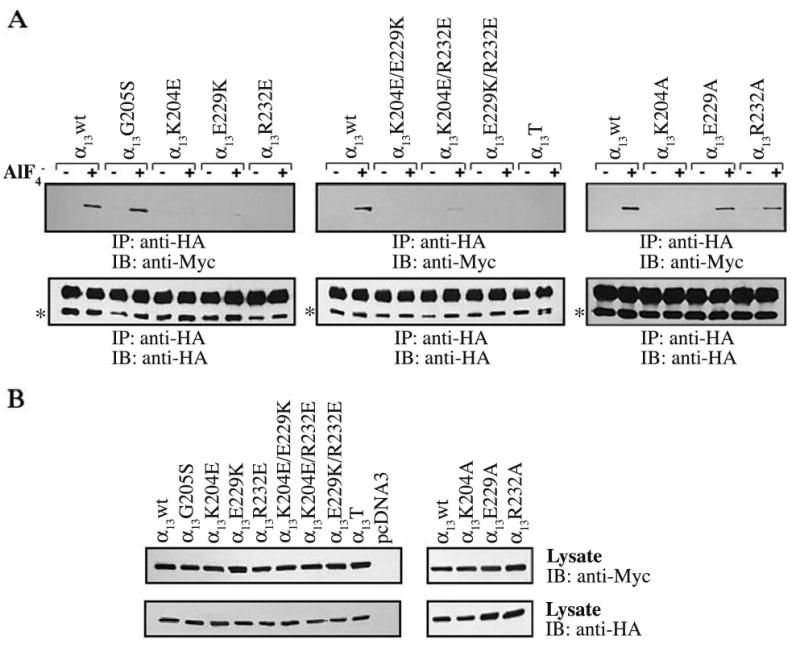Fig. 4. Interaction of α13 mutants with p115RhoGEF.

HEK293 cells were transfected with plasmids encoding for Myc epitope-tagged p115RhoGEF and the indicated HA epitope-tagged α13 constructs. 48 h after transfection cells were lysed and, as indicated, incubated in the presence (+) or absence (−) of AlF−4. α13 or its mutants were precipitated with an anti-HA monoclonal antibody. (A) Immunoprecipitated proteins were separated by SDS-PAGE and immunoblotted with a monoclonal antibody specific for the Myc-epitope tag to determine the ability to α13 mutants to bind p115RhoGEF (upper panel). Immunoprecipitated samples were also subjected to immunoblotting with anti-HA antibody to show equal amounts of immunoprecipitated HA-α13 (lower panel). In the lower panel, the asterisks indicate HA-α13 proteins, while the upper band corresponds to the antibody heavy chain. (B) Cell lysates were immunoblotted with an anti-Myc (upper panel) and anti-HA (lower panel) antibody to determine expression levels of Myc-p115RhoGEF and HA-α13 constructs, respectively. Results shown are representatives of at least three independent experiments.
